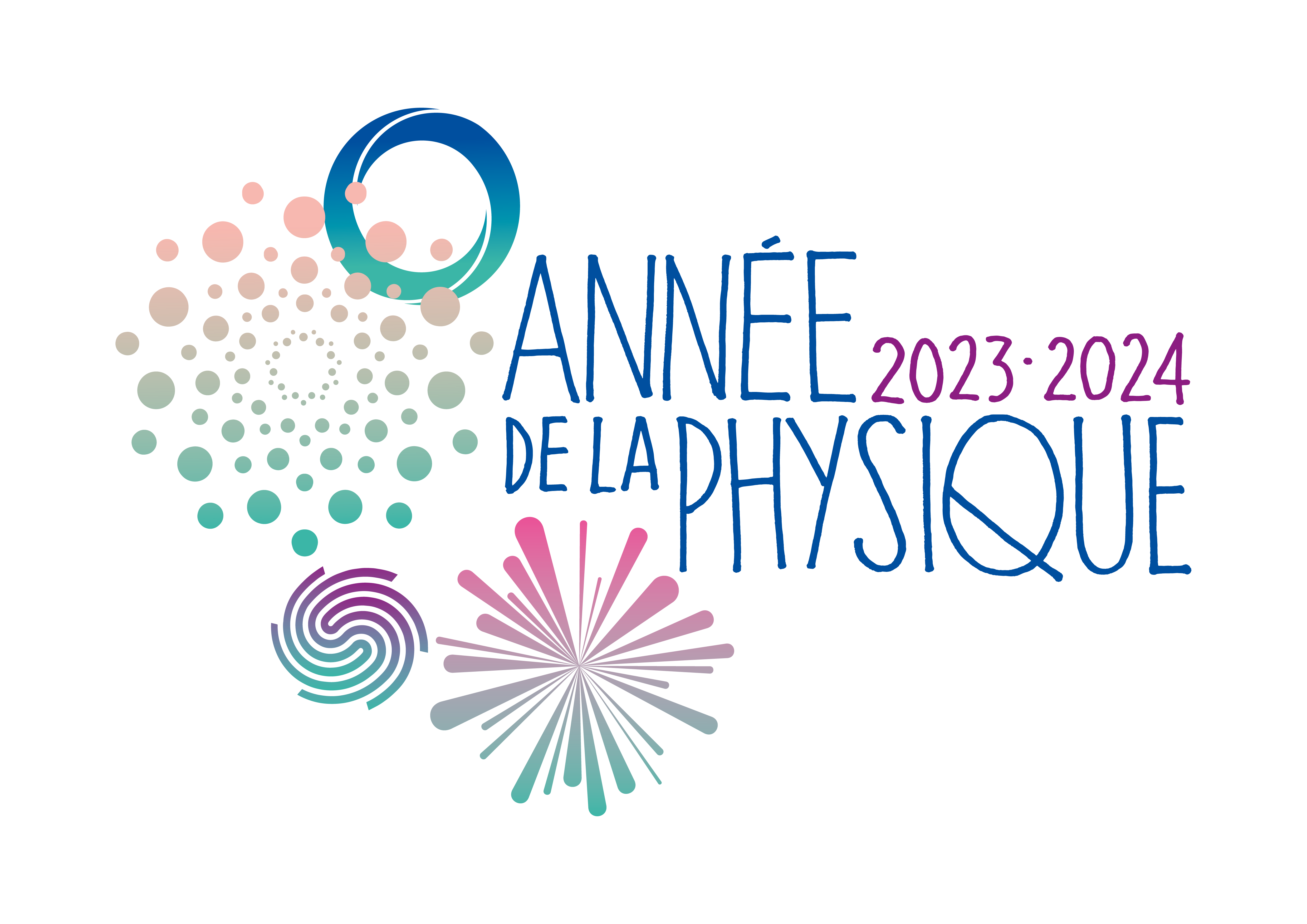Workshops for CE1, CM1 and CM2 classes at theLa Maurelette school in Marseille (13015)
As part of an unprecedented collaboration between a physics and molecular biology research laboratory, the DyNaMo laboratory, and the Centre national de création musicale de Marseille, the GMEM, we are working to sonify our scientific data describing phenomena on the nanometric scale (rigidity, viscosity of cells or molecules).
Sonification represents the transmission of information through the medium of sound, and can enable human beings to receive information in a way that is different from and complementary to vision. In this way, it can respond to the increasing complexity of research data by providing a tool for simpler data analysis, which in turn can guide scientific innovation. Combined with a sensitive approach, sonification opens up new possibilities for transmission to the general public, but also for innovative assistance in specific fields such as sport, rehabilitation or therapy. Taken in hand by artists, sonification becomes a complex object, halfway between creation and transmission, in the context of performances or sound installations in particular.
The aim of the project is precisely to build an immersive, interactive sound installation to enable the public to hear the results and methodologies of DyNaMo's research. This sensitive approach between creation and transmission enables us to renew our scientific understanding, particularly with regard to the interplay of scales at the cellular level. Interaction with the installation also encourages participants to engage with and appropriate specific scientific questions.
The Mecasics project has been awarded the Year of Physics label.

The DyNaMo Laboratory (Dynamics & nanovenrionment of biological membranes)
The DyNaMo Laboratory (Inserm, AMU) is a biophysics laboratory, which seeks to adapt physics concepts and methodologies to provide a quantitative understanding of biological processes. In particular, the laboratory has expertise in atomic force microscopy (AFM). This technique enables us to characterize samples and measure forces at the nanoscopic scale (100,000 times smaller than a millimeter). The mechanical properties (rigidity, elasticity) of cells (the smallest entities of living organisms) or molecules (a collection of atoms forming the basis of matter) can thus be measured, as can their adhesion.
La Maurelette School, 13015
13015Marseille
